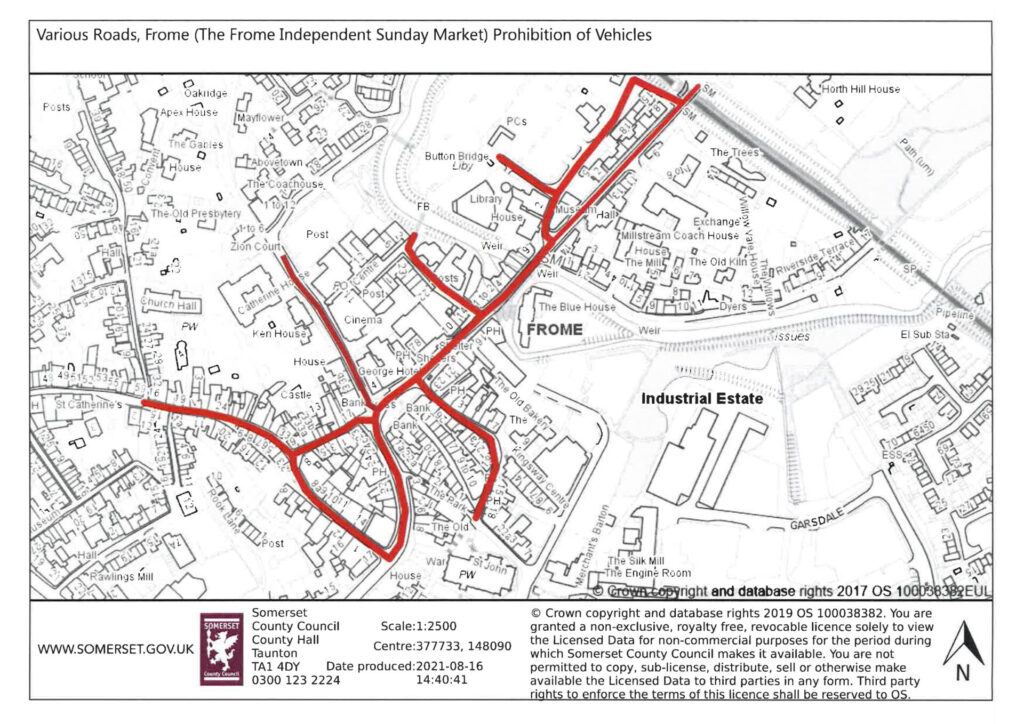UK's Rarest Animals Burned Alive: The Wildfire Emergency

Table of Contents
Endangered Species Most at Risk in UK Wildfires
The recent wildfires pose an existential threat to several vulnerable species already struggling with habitat loss and climate change. The impact on biodiversity is catastrophic, and the long-term consequences could be irreversible.
Heathland Specialists Under Threat
Heathlands, with their unique flora and fauna, are particularly susceptible to wildfires. Species like the Dartford warbler, a UK Biodiversity Action Plan priority species, are highly vulnerable due to their dependence on specific heathland vegetation for nesting and foraging. The smooth snake and sand lizard, both reptiles adapted to the specific microclimates of heathlands, also face severe threats.
- Dartford Warbler: Estimates suggest hundreds perished in recent fires, their nests and young particularly vulnerable. Their specialized diet and limited dispersal abilities hinder recovery.
- Smooth Snake: These slow-moving reptiles are easily trapped by flames, with limited escape routes in a burning heathland. Their sensitivity to heat makes survival during a wildfire incredibly difficult.
- Sand Lizard: These lizards rely on specific sun-baked patches within heathlands for thermoregulation. Fire destroys these vital basking sites, leaving them vulnerable to predation and starvation.
Moorland Dwellers Facing Extinction
Moorland ecosystems, crucial habitats for birds of prey and various invertebrates, have also suffered significantly. The hen harrier, a globally rare bird of prey, relies on extensive areas of moorland for hunting and nesting. The short-eared owl and numerous invertebrates specific to these fragile ecosystems are also facing catastrophic population declines.
- Hen Harrier: Wildfires destroy their nesting sites and decimate the populations of prey species upon which they depend, impacting breeding success and overall survival. Tracking losses is challenging due to the scale of the destruction.
- Short-eared Owl: These nocturnal hunters rely on undisturbed grasslands and moorland for hunting voles and other small mammals. Wildfires eliminate this habitat, resulting in widespread starvation and death.
- Moorland Invertebrates: Many invertebrate species, essential components of the moorland food web, are highly specialized and have extremely limited dispersal abilities, making recolonization after a fire exceptionally difficult. The long-term impact on ecosystem stability is a major concern.
Impact on Other Wildlife
The impact extends beyond the most endangered species. Many other animals, including rabbits, foxes, and various small mammals, have been affected, disrupting the complex web of life within these ecosystems. The loss of biodiversity affects the entire food chain and impacts the resilience of these habitats.
- General Wildlife Impacts: Reduced food sources, destroyed shelter, increased exposure to predators – the consequences of wildfires affect a wide range of wildlife, highlighting the far-reaching consequences of these devastating events.
Causes and Contributing Factors to Wildfire Increase in the UK
The increasing frequency and intensity of wildfires in the UK are linked to several factors, primarily driven by climate change and human activity.
Climate Change and Extreme Heat
Rising global temperatures are creating longer, drier summers, increasing the risk of wildfires. The UK has seen a significant increase in prolonged periods of extreme heat, turning once-damp landscapes into tinderboxes.
- Temperature Increase Data: Data from the Met Office shows a clear upward trend in average temperatures, leading to increased fire risk across the UK. Longer periods of dry weather exacerbate this risk.
Human Activity and Negligence
Accidental and deliberate ignition sources remain a significant contributor to wildfire outbreaks. Careless disposal of cigarettes, uncontrolled barbeques, and arson are all major threats.
- Human-caused Fires: A significant portion of wildfires are attributed to human negligence, highlighting the urgent need for greater public awareness and responsible behaviour in the countryside.
Lack of Preventative Measures
Insufficient resources for wildfire prevention and inadequate land management practices contribute to the severity of these events. Investment in preventative measures, including controlled burning and improved public education, is crucial.
- Resource Allocation: A lack of funding and personnel dedicated to wildfire prevention leaves the UK vulnerable to increasingly frequent and damaging outbreaks.
Conservation Efforts and Recovery Initiatives Following UK Wildfires
Following the devastating fires, numerous conservation organizations and volunteers are working tirelessly to mitigate the damage and support recovery.
Rescue and Rehabilitation
Wildlife rescue centers are working around the clock to rescue and rehabilitate injured animals. Veterinary services provide crucial medical care, while volunteers play a vital role in search and rescue operations.
- Wildlife Rescue Efforts: Numerous organizations are involved in the rescue and rehabilitation of injured animals, providing vital care and increasing their chances of survival.
Habitat Restoration and Repopulation Programs
Long-term plans for habitat restoration are underway, aiming to replant burned areas and restore the ecosystems. Reintroduction programs for critically endangered species are also being planned, but face significant challenges.
- Habitat Recovery Plans: Restoration projects are underway, focusing on replanting native vegetation and creating suitable habitats for returning animals.
Community Involvement and Support
Public awareness and community support are essential for successful conservation efforts. Individuals can support wildlife charities, volunteer in restoration projects, and adopt responsible behavior in natural areas.
- Community Action: Donations, volunteering, and responsible land use are all crucial elements in the wider effort to conserve and protect threatened wildlife.
Conclusion: Protecting UK's Rarest Animals from Future Wildfires
The recent wildfires serve as a stark reminder of the devastating impact of climate change and human activity on the UK's precious wildlife. The loss of rare and vulnerable species is a tragedy that demands immediate and sustained action. We must address the underlying causes of increased wildfire risk, strengthen prevention measures, and invest heavily in conservation efforts to protect the nation's biodiversity. Let's work together to protect the UK's rarest animals and prevent future wildfire emergencies. Learn more about how you can help at [link to relevant charity/organization]. The ongoing threat to these unique ecosystems necessitates continued vigilance and collective effort to safeguard endangered species from future UK wildfires.

Featured Posts
-
 Tasman Council Realistic Assessment Of Key Road Closure
May 13, 2025
Tasman Council Realistic Assessment Of Key Road Closure
May 13, 2025 -
 Tucows Announces New Board Nominees And Recognizes Retiring Directors
May 13, 2025
Tucows Announces New Board Nominees And Recognizes Retiring Directors
May 13, 2025 -
 Report Sam Elliott Confirmed For Landman Season 2
May 13, 2025
Report Sam Elliott Confirmed For Landman Season 2
May 13, 2025 -
 Cassie And Alex Fine At Courthouse Amid Diddy Sex Trafficking Case
May 13, 2025
Cassie And Alex Fine At Courthouse Amid Diddy Sex Trafficking Case
May 13, 2025 -
 Understanding The Nba Draft Lottery Rules And Odds
May 13, 2025
Understanding The Nba Draft Lottery Rules And Odds
May 13, 2025
